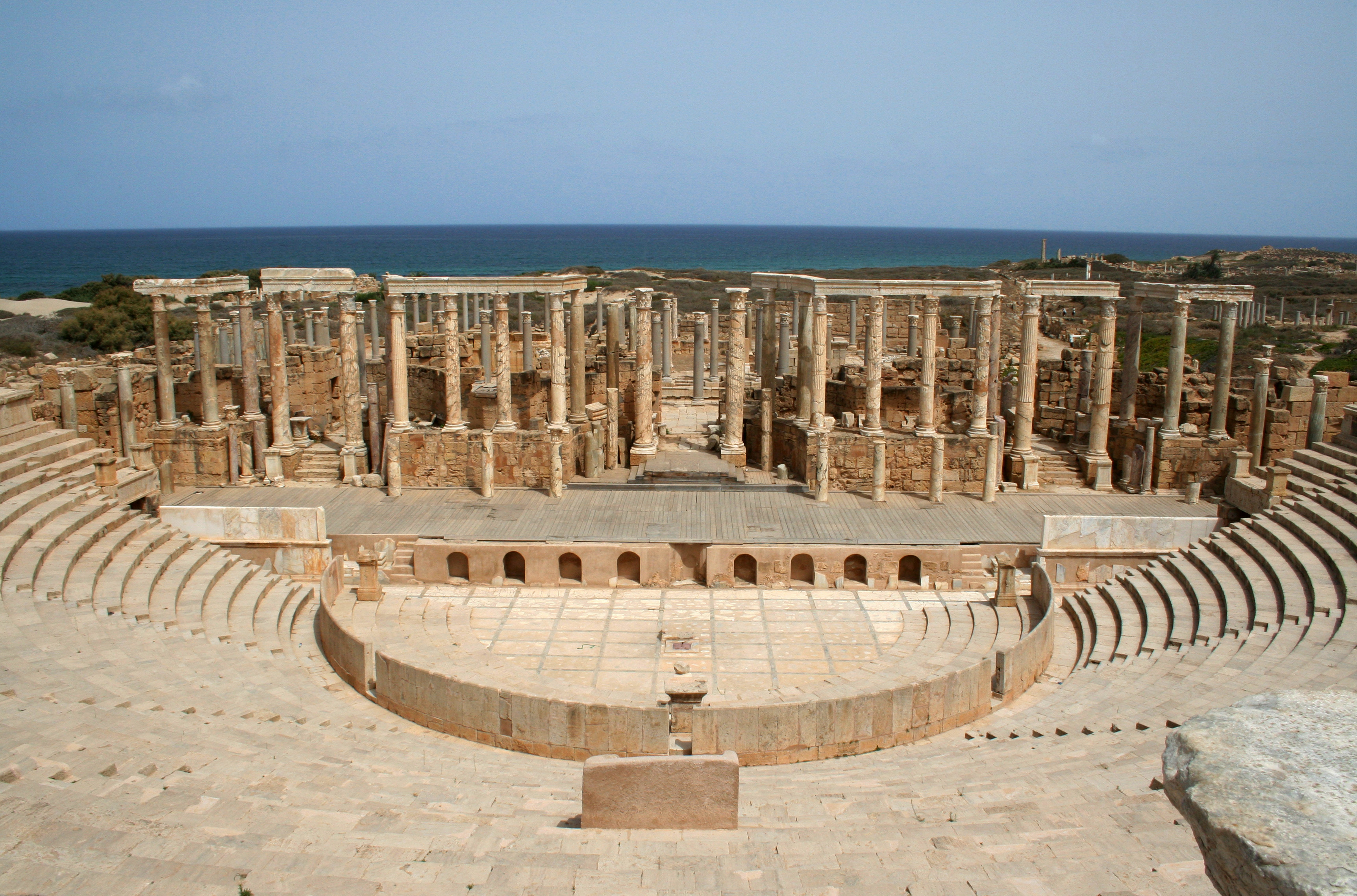1. Ciudad Perdida
The "Lost City" can be found in Sierra Nevada, Columbia. It is believed that it was founded sometime around 800 AD- which isn't THAT much as some ancient cities usually go. The cool part of it is that it mainly consists of terraces carved directly into the mountainside.
The local tribes around the place call it Teyuna, and they think Ciudad Perdida was the main city when it came to the nearby villages. Kind of like a mini-Rome, I'm guessing (all the nearby roads lead up to it?).
It is said that it had somewhere between 2000 and 8000 people when it was still inhabited.
2. Skara Brae

I always wanted to visit Scotland - which, I'm hoping I will get closer to once I move to the UK. And if I somehow end up around the place, I will certainly visit this Neolithic settlement, that's located on the west coast of Mainland.
It's not a big place - it only has eight houses-, but it was occupied between 3180 BC and 2500 BC. Which means it is older than the Stonehenge and the Great Pyramids!
Still, even if it is not too big, it is famous for being Europe's most complete village of this kind.
3. Taxila

If you would ever want to visit Taxila, you might wish to know that you can find it in Pakistan - but it was actually a apart of India, before Pakistan came into being.
The city contains a whole bunch of buildings, and Buddhist stupas over a large area. The ruins are divided into three major cities, each of them belonging to different time periods. I'm guessing it's kind of like our modern cities which where built on and around the same city's ancient counterparts.
The oldest of these three cities is part of the Hathial area, and it's date can be put between the 5th century BC and the late 2nd milennium BC. A large time to cover, but you know how things are with dating techniques... The second part of Taxila is at Sirkap, and the third part is at Sirsukh.
4. Leptis Magna

Leptis Magna - or you might know it by the name of Neapolis- was a prominent city od the ROman Empire. It is located in the modern Lybia now, 130 km east of Tripoli.
It was founded around 1000 BC by Phoenician colonists, but it only grew important once Cathage became a major power in the Mediterranean Sea. It was the most popular starting with 193, when Lucius Septimius Severus, a native guy from there became the emperor. Since this was his hometown, he favored it above anything else, and he lavished it with riches until it became the third most important city in the whole Africa, right beside Carthage and Alexandria.
Sadly, when the Crisis of the Third Century came around the trading declined, and because of this so did the city. By the next century most of it was abandoned.
But no matter how abandoned it became, it is today one of the most well-preserved Roman ruins of all time.
5. Hattusa

Hattusa, the capital of the Hittite Empire is located now in Turkey. It was an amazing place to live in, since it was surrounded by agricultural fields, hill lands for pasture and it also had forests.
The city was notable for its urban organization, the different buildings in it (temples, royal residences, fortifications), that were very well preserved, and the rich ornamentation.
The sphinxes you can see on the picture were taken to Germany for restoration in 1917, and in 1924 they sent one back, while the other was kept in Germany until 2011. They only sent it back when the Turkish Ministry threatened to restrict the German archaeologists working in Turkey. Now, tho, they can be admired once again outside the Hattusa ruins, like the two ferocious guardians they are.
